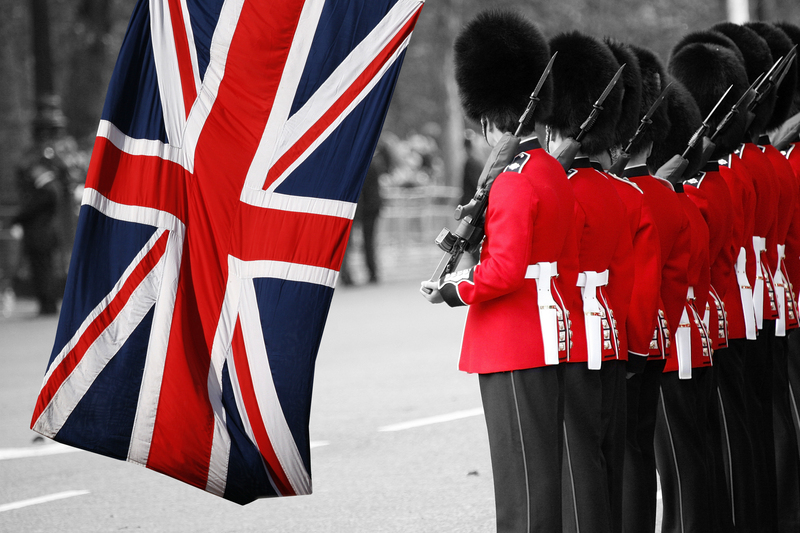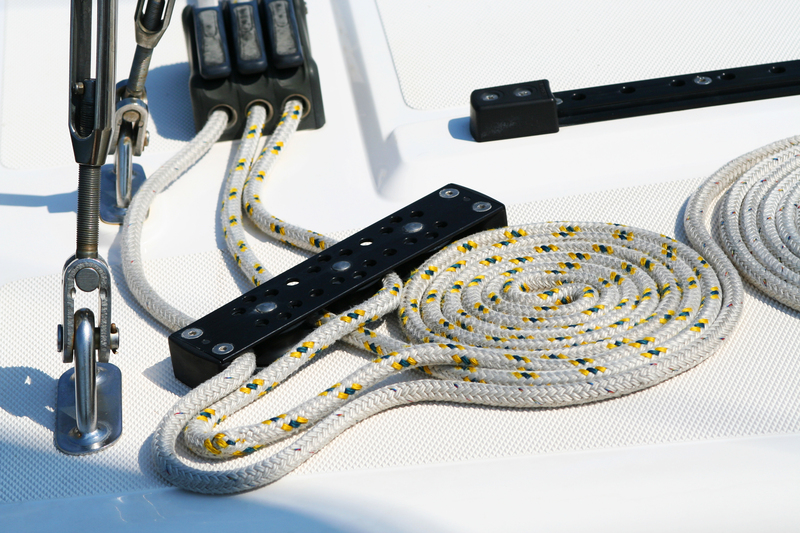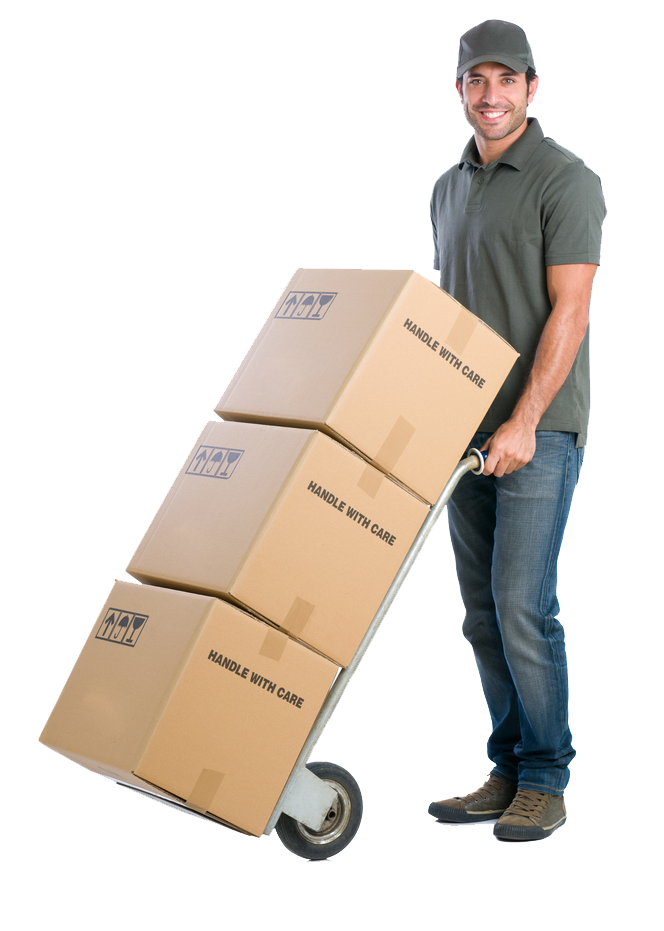Essential Tips for Packing Fragile Items
Posted on 04/09/2025
When it comes to moving or shipping fragile items, it's critical to take the utmost care to ensure they arrive intact. Glassware, electronics, ceramics, and other breakable items need special attention during the packing process. Here are some essential tips to help protect your fragile possessions and avoid any unfortunate breakages.
1. Gather the Right Supplies
The first step in packing fragile items is gathering all the necessary supplies. Having the right materials can make a world of difference in preventing damage. Here's a list of what you'll need:
- Sturdy boxes: Choose strong, double-walled boxes to provide extra protection.
- Bubble wrap: Ideal for cushioning items.
- Packing paper: For wrapping and cushioning; avoid newspaper as the ink can stain.
- Foam peanuts or inserts: These help fill any gaps and provide additional cushioning.
- Tape: High-quality packing tape helps in sealing the boxes securely.
- Labels and markers: Essential for marking boxes as "fragile" and for easy identification.

2. Wrap Each Item Individually
One of the cardinal rules of packing fragile items is to wrap each piece individually. This reduces the risk of items knocking against each other and breaking. Start by placing the item in the center of a piece of bubble wrap or packing paper. Wrap it securely, ensuring that all parts are covered. For extra delicate items, additional layers of bubble wrap or packing paper are advisable.
3. Cushion the Bottom and Sides of the Box
Before placing any wrapped items inside the box, make sure to line the bottom with a thick layer of cushioning material like bubble wrap, foam peanuts, or crumpled packing paper. This creates a buffer that absorbs any shocks that occur during transportation. Do the same for the sides of the box to offer comprehensive protection.
4. Position Items Strategically
When packing your wrapped items into the box, place the heaviest items at the bottom and the lighter items on top. This minimizes the pressure on delicate items. Additionally, make sure there are no gaps between the items; fill any empty spaces with crumpled packing paper or foam peanuts. This prevents movement inside the box, which is a common cause of breakage.
5. Label Boxes as "Fragile"
Once your boxes are packed and sealed, it's imperative to label them clearly as "fragile." It's also helpful to indicate which side of the box should face up. Use bold markers and place labels on multiple sides of the box to ensure visibility. This prompts anyone handling the box to treat it with additional care.
6. Consider Custom Crating for High-Value Items
If you have high-value or unusually shaped fragile items, custom crating might be the best option. Crates are built to the exact dimensions of the item and provide superior protection. This option is especially valuable for items like fine art, large glass pieces, and antiques.
7. Perform a Shake Test
Before sealing your box, give it a gentle shake. If you hear or feel any movement, add more cushioning material. The goal is to ensure that the contents are completely immobilized. A well-packed box should feel solid and secure when moved.
8. Seal the Box Properly
The way you seal your box can also affect the integrity of your fragile items. Use high-quality packing tape and make sure all seams are securely sealed. For added security, tape along the edges and corners of the box as well. Some people even use a double layer of tape for extra strength.
9. Keep Important Items with You
For items that are not only fragile but also irreplaceable, it's often best to keep them with you rather than packing them into a larger moving truck or shipping them. This can include family heirlooms, important documents, and valuable jewelry. By keeping these items close, you can ensure their safety.
10. Seek Professional Help if Needed
If packing fragile items sounds overwhelming, you might want to consider hiring professional packers. Companies that specialize in moving and shipping often have the skills and proper materials to pack your fragile items securely. While this might incur additional costs, the peace of mind it provides can be well worth it.

Additional Tips for Specific Fragile Items
Glassware and Dishes
For glassware and dishes, use plenty of packing paper and bubble wrap. Wrap each piece individually, and place cardboard dividers between items if possible. Stack dishes vertically rather than laying them flat to distribute the weight more evenly.
Electronics
When packing electronics, remove any batteries and secure all cords. If possible, use the original packaging. If not, wrap the item in anti-static bubble wrap and place it in a box with ample cushioning material.
Pictures and Mirrors
Wrap pictures and mirrors in bubble wrap and cardboard. For larger items, consider purchasing special boxes designed specifically for them. Always mark them as "fragile" and "this side up."
Lamps and Lampshades
Remove the bulb and lamp harp, then wrap these separate components individually. The lampshade should never be packed with the lamp base; instead, place it in a separate box filled with plenty of cushioning material.
Conclusion
Packing fragile items requires time, patience, and the right materials. By following these essential tips, you can significantly reduce the risk of damage and ensure that your fragile possessions arrive safely at their destination. Gathering the right supplies, wrapping items individually, using ample cushioning, and strategically positioning items are crucial steps in this process. Whether you're moving across town or shipping an item to another continent, taking these precautions can provide peace of mind and protect your valuable and delicate belongings.





